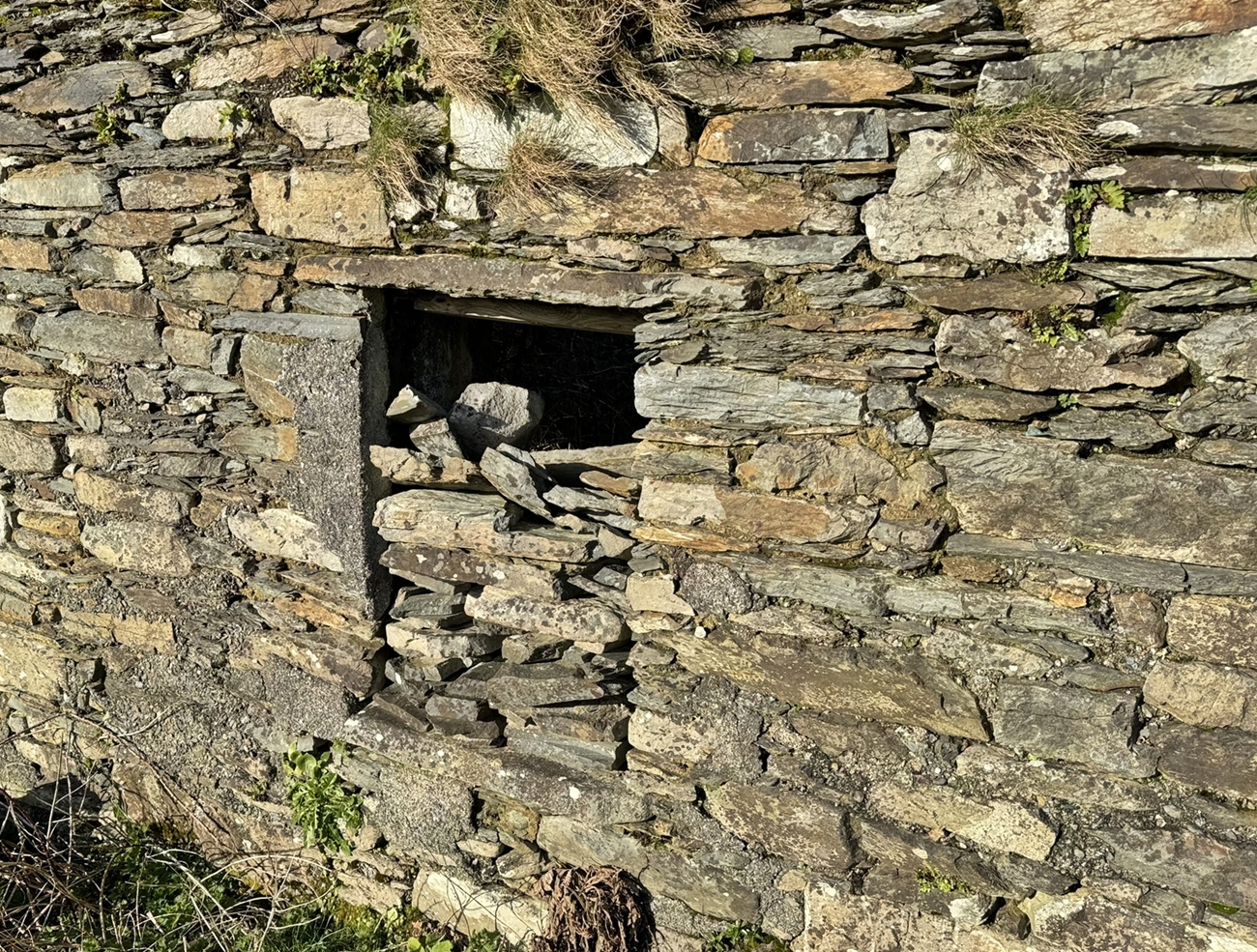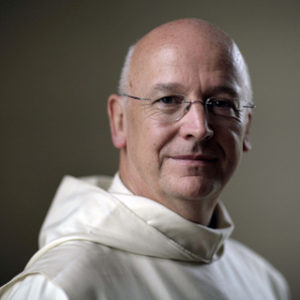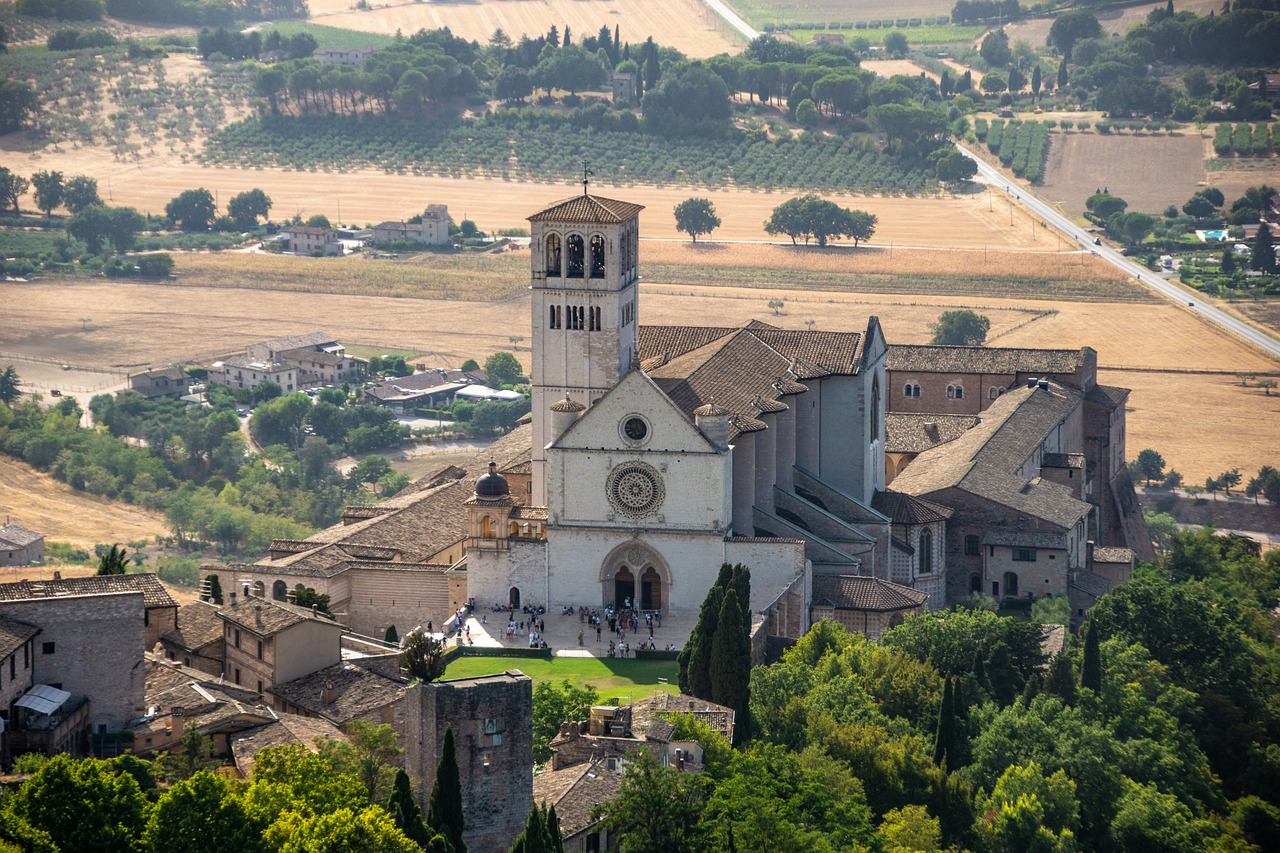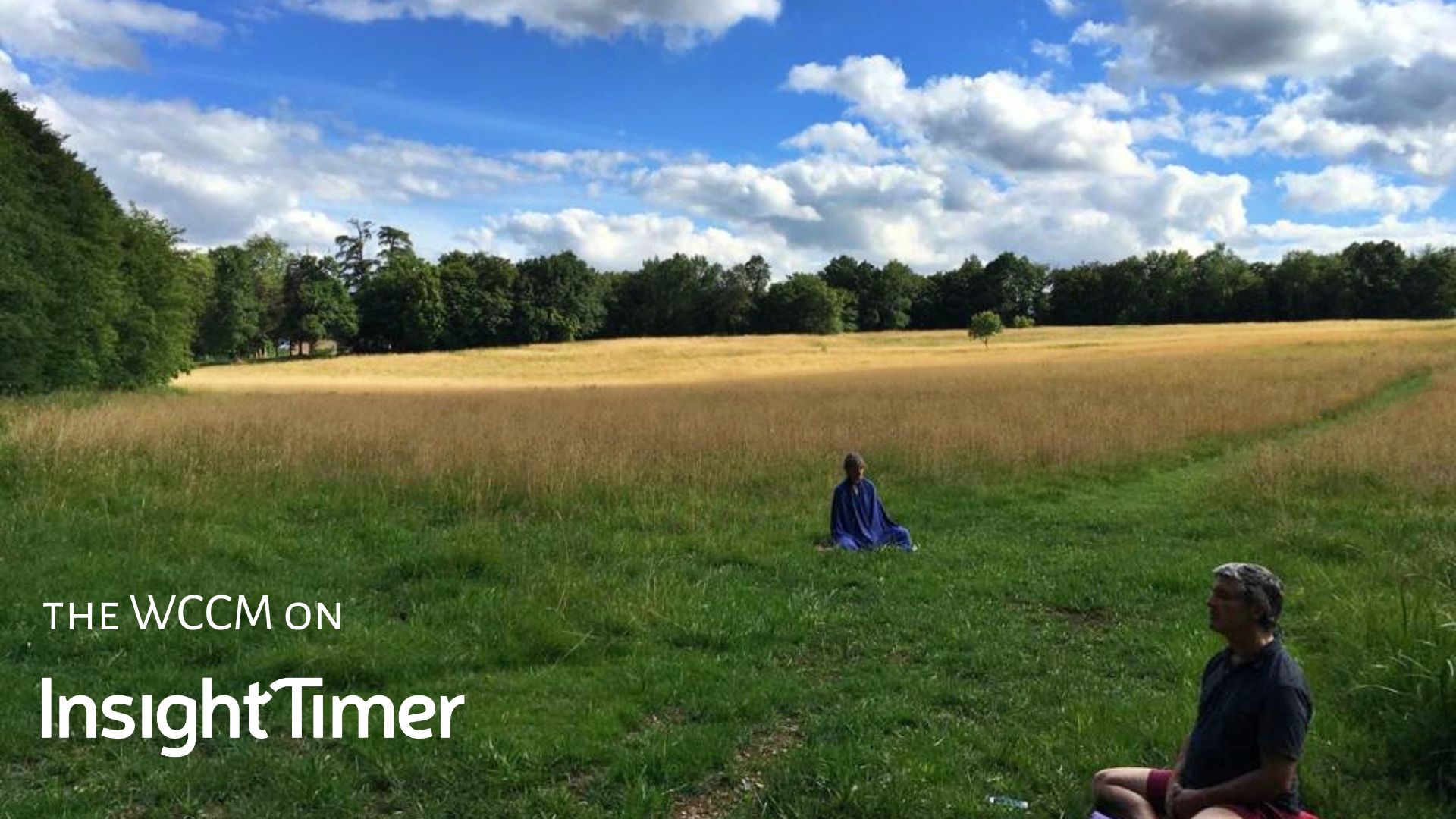Everything depends on perception: how we see things and the response we have to what we see (or think we see). Theoretically, we value objectivity and detachment and like to feel we have these qualities but, even in the rigours of the scientific method, what is objective to me may seem sheer prejudice or stupidity to you and even, after the event, mistaken to me. How can we ever be sure that what we perceive is real and that our way of seeing has value. Perception is all-important but perspective shapes perception even without our knowing it. Perspective is constructed of all our cultural, educational and personal influences. Our crisis is that the perspective we took for granted is collapsing.
The era we are in – and feeling our way through – is in a crisis of perception caused by the shifting of fundamental perspectives that are shifting just as tectonic plates deep below the surface of the earth move imperceptibly until they produce a devastating earthquake. In such times, feeling like sheep without a shepherd or like a car running downhill whose brakes have failed, we dash from pillar to post trying new solutions and doubling back on ourselves when we reach another dead end. Life is no longer perceived as an amazing revelation of the mystery of creation. It feels like a maze and we like mice caught in it desperately trying to find the way out.
However, there is an all-important distinction between a maze and a labyrinth.
A simple kind spiral-labyrinth is among the most ancient designs painted by human hands on the walls of magical-mythical caves up to 40,000 years ago. In classical times and later in the Middle Ages the more sophisticated labyrinth, such as we can still see on the floor of Chartres Cathedral, looks uncannily like the two hemispheres of the brain or, to some, the intestinal tract. It is a spiritual practice to walk it as it calls to the conscious mind what is unfolding or blocked in the unconscious. To the meditator, it is a symbol of their daily inner journey. It requires faith and perseverance to do the labyrinth, following one narrow path, one measured step at a time, which we enter through a single entrance which is also the single exit once the journey has been completed. The labyrinth is a unicursal pilgrimage which tests our faith because it can it seem to lead away from the centre it is leading to. God doesn’t write straight with crooked lines. He draws curving lines that we try to improve on by straightening them out.
While the labyrinth is a pilgrimage that we learn to follow, a maze is a problem to solve, a puzzle to master. Mazes have multiple entrances and exits. The goal is to just to get out once you have got lost and getting lost is the thrill – or the horror of it. There are also frequent dead-ends which force you to the retrace your steps and face the fear of never getting out. A maze, then, is a corrupted labyrinth and works as a metaphor for what many feel modern life has become. Whoever designed the first maze was expressing a disgust at the meaninglessness of life in the same way that makers of horror movies are tapping into those fears of our inner darkness that build up for explosion behind the mask of false optimism.
Meditation converts the maze into a labyrinth. As it does so, life once again becomes truly amazing.







